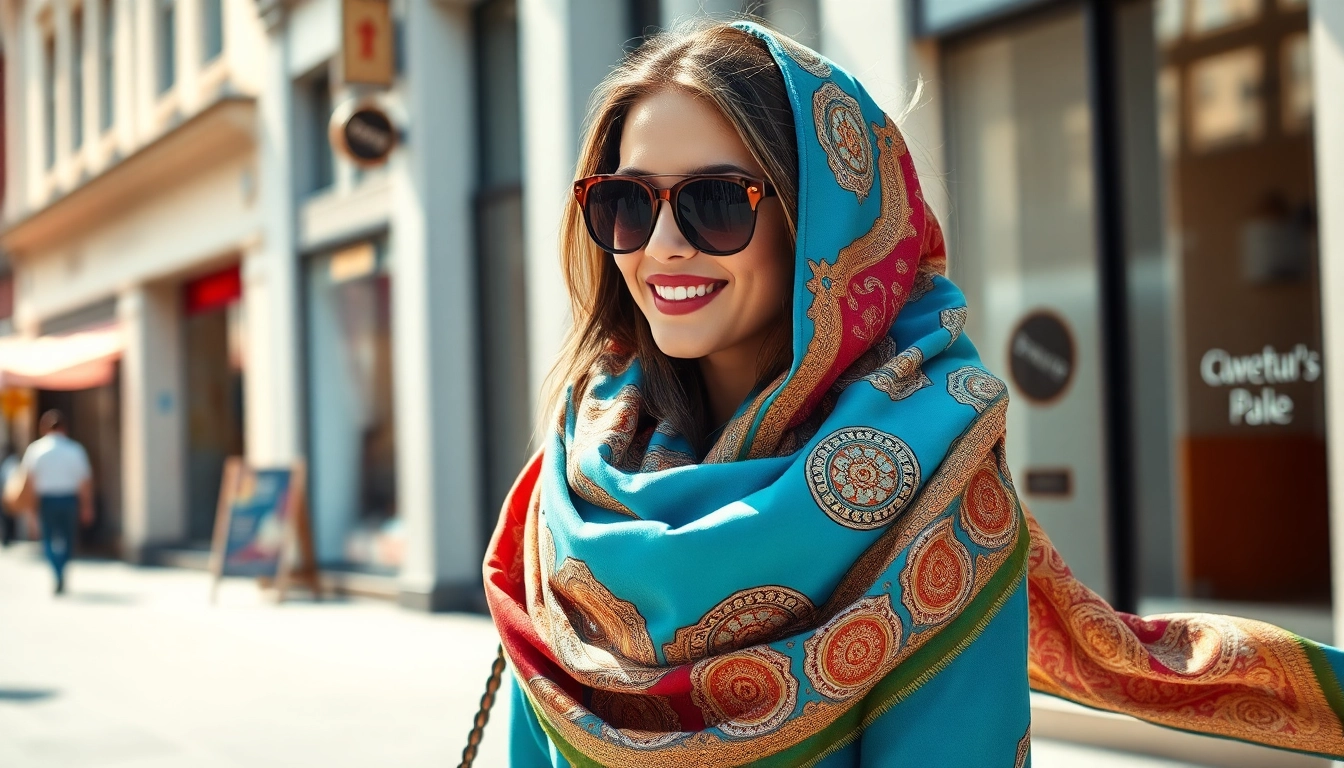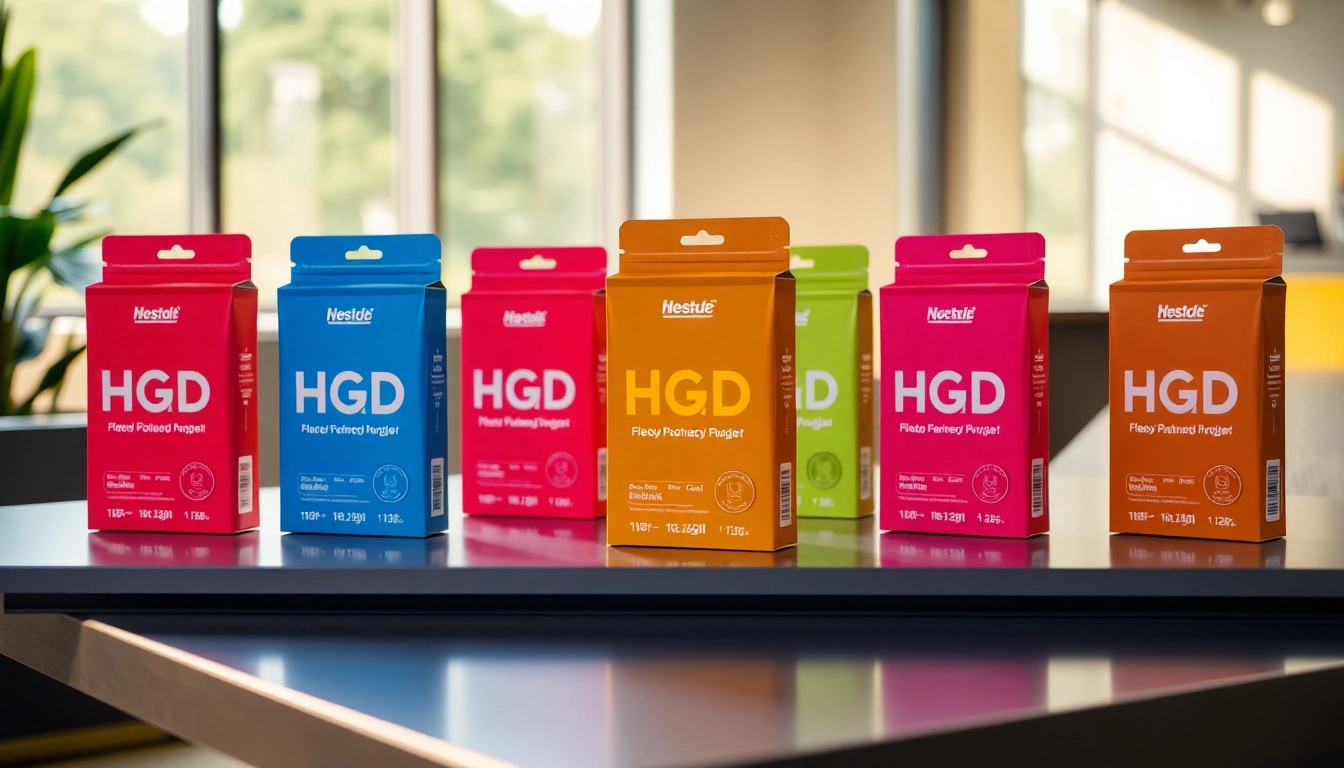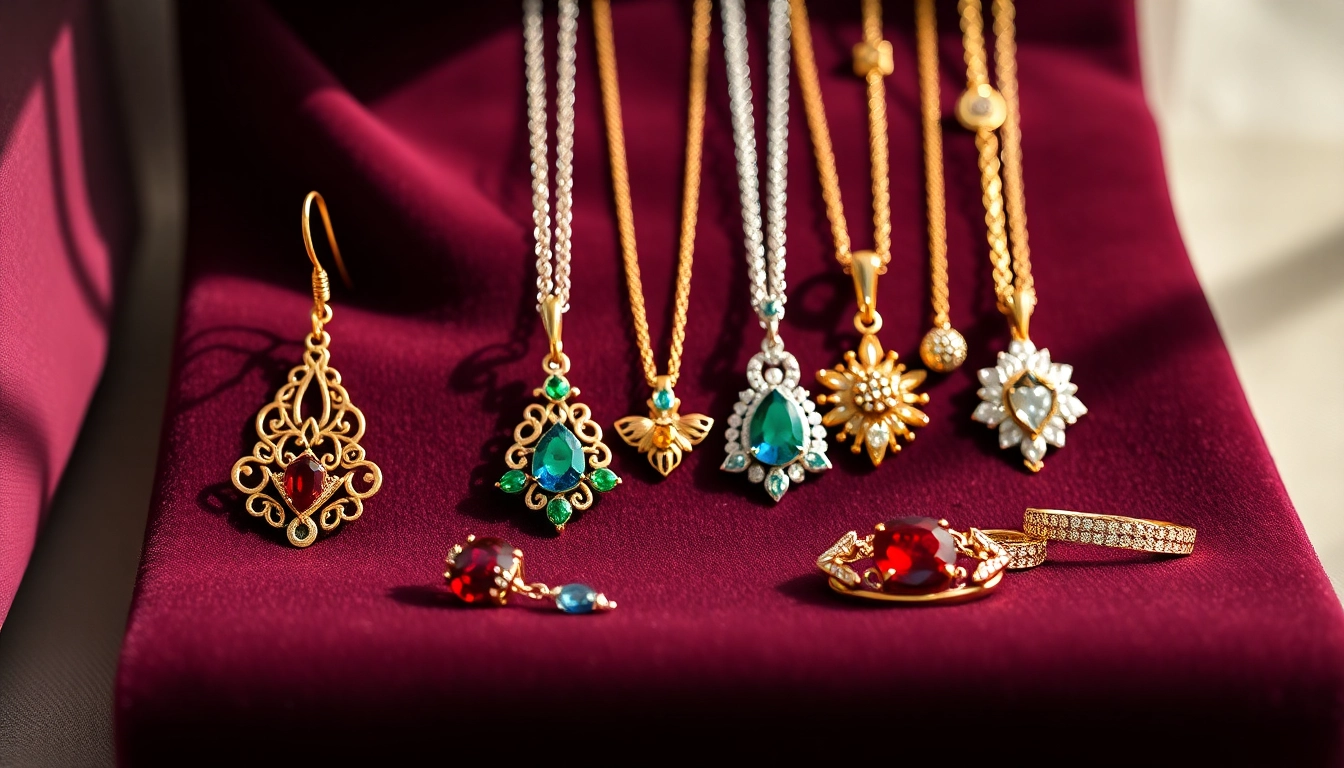The Timeless Appeal of Scarves for Women
Scarves have long transcended their basic function, becoming essential fashion pieces that can elevate any outfit. The versatility of scarves for women allows for myriad styles and uses, bridging both function and aesthetic appeal. This article delves into the rich history, cultural significance, and modern-day applications of scarves, ensuring that you understand why they remain timeless pieces in women’s wardrobes.
1. History and Evolution of Scarves
The origins of scarves can be traced back thousands of years, with archaeological evidence suggesting their use in ancient civilizations such as Egypt, Rome, and China. Initially, scarves served practical purposes: keeping the neck warm or protecting the face from dust and sun. Over time, their fabric evolved from rough wool and linen to luxurious silks and satins, embodying not just utility but also status and fashion.
By the 18th century, scarves began to take on a more decorative role, popularized by the French and English nobility. Their intricate designs and high-quality materials made them coveted accessories, leading to the emergence of various knitting and weaving techniques that enhanced their appeal. Fast forward to the modern era, and scarves have adopted a plethora of styles, colors, and prints, making them a staple in contemporary fashion.
2. Cultural Significance of Scarves
Scarves are steeped in cultural significance across different societies, often carrying meanings that transcend mere fashion. In many cultures, they play a vital role in rituals and traditional ceremonies. For instance, men and women in various Middle Eastern cultures wear scarves to symbolize modesty and respect for tradition. In India, dupattas (long scarves) are not only fashionable but also signify cultural identity.
The LGBTQ+ community has also embraced scarves as symbols of pride and unity, enabling individuals to express their identity and affiliations through unique styles and vibrant colors. In fashion capitals like Paris and Milan, scarves often reflect current trends and social movements, establishing them as dynamic pieces within both personal and cultural contexts.
3. Modern Uses in Everyday Fashion
In today’s fast-paced world, the modern woman has found innovative ways to incorporate scarves into her daily wardrobe. Aside from their traditional use as neckwear, scarves can be fashioned in a variety of ways: as hair accessories, bag embellishments, or even worn around the waist as stylish belts. The tactile nature of scarves makes them versatile statement pieces that can transition easily from casual to formal settings.
Moreover, scarves provide an easy way to update an outfit. A simple black dress can be transformed into a more vibrant ensemble by adding a bright, patterned scarf. As such, they remain relevant in personal styling and fashion trends, epitomizing creative self-expression and individuality.
Choosing the Right Scarves for Your Style
Selecting the right scarf can significantly impact your overall look. Understanding the different fabrics, designs, and how to match them with your outfits is crucial for any fashion-conscious woman. Below are essential considerations when choosing scarves for your uniqueness.
1. Different Fabrics and Their Benefits
The fabric of a scarf can dictate both its comfort and its styling potential. Here, we explore some popular materials:
- Cotton: Lightweight and breathable, cotton scarves are perfect for warm weather, offering comfort without sacrificing style.
- Silk: Luxurious and elegant, silk scarves can enhance formal wear and makeup looks, providing a sophisticated touch.
- Wool: Ideal for colder months, wool scarves provide warmth and can often be found in chunky, textured knits that add visual interest.
- Pashmina: Known for its softness and warmth, pashmina scarves combine comfort and elegance, serving as excellent layering pieces.
2. Patterns and Colors: What Suits You?
The patterns and colors of scarves can greatly influence your appearance and the message you want to convey. Bright, bold colors may evoke joy and energy, while muted tones can provide a classic, understated elegance.
When selecting patterns, consider your personal style and how they fit with your wardrobe. Floral prints and paisleys are fantastic options for adding a vintage touch, while geometric patterns lend a more modern vibe. Understanding the contrast and harmony between colors will ensure your selected scarf complements your outfits rather than clashes with them.
3. Matching Scarves with Outfits
Scarves can redefine an outfit when chosen and styled correctly. To maximize their potential:
- Consider your base outfit: If wearing a solid-colored outfit, a patterned scarf can introduce character and visual detail.
- Balance proportions: A bulky scarf may overwhelm a fitted dress; opt for longer, slimmer styles for a more balanced look.
- Experiment with contrasts: A pastel scarf can stand out beautifully against a dark outfit, adding brightness and an unexpected twist.
How to Style Scarves for Women
With their adaptability, scarves offer numerous styling possibilities. Whether you prefer classic looks or trendy, offbeat styles, learning various techniques helps in making the most out of your scarves.
1. Classic Knotting Techniques
Classic knotting techniques never go out of style. Here are some traditional methods to flaunt:
- The Parisian Knot: Fold the scarf in half, loop the ends through the center, creating a simple yet sophisticated appearance.
- The Drape: Let the scarf hang freely over your neck and shoulders for an effortless look, ideal for layering over jackets.
- The Bow Tie: Drape the scarf around your neck, tie a bow at the front, and adjust for a chic and playful flair.
2. Trendy Ways to Drape Scarves
For those wishing to experiment, here are trendy methods to style scarves:
- Turbans: Wrap the scarf around your head, making sure to tuck it under, providing a stylish protective layer for hair on windy days.
- Bag Accessories: Tie a scarf around the handle of your bag to add color and personality without overwhelming your outfit.
- Waist Wraps: A scarf can be fashioned as a belt around your waist, allowing you to cinch dresses or oversized tops for a tailored appearance.
3. Seasonal Styling Tips
The versatility of scarves also extends to seasonal changes:
- Spring/Summer: Lighter fabrics, vibrant colors, and floral patterns pair beautifully with pastel dresses and sun hats.
- Autumn: As the layers pile on, opt for thicker wool or pashmina scarves in warm hues to complement fall attire.
- Winter: Chunky, knit scarves not only keep you warm but can double as statement pieces layered over heavy coats.
Care and Maintenance for Your Scarves
To maintain the beauty and longevity of your scarves, proper care and maintenance are essential. Here are some tips to keep them looking their best.
1. Washing and Drying Instructions
Before washing, always check the care tag. Most cotton and synthetic fabrics can be machine-washed on a gentle cycle, while silk and wool typically require handwashing:
- Use a mild detergent and cold water to preserve colors and fabric integrity.
- Avoid wringing out silk and wool—gently press or roll them in a towel to remove excess water.
2. Storing to Prevent Damage
Improper storage can lead to wrinkles, snags, and fabric degradation. Ensure you:
- Store scarves flat or rolled to minimize creases and maintain their shape.
- Avoid hanging them, as this can stretch and distort their form.
- Use breathable bags for storage to prevent dust and moisture buildup.
3. Repairing Minor Damages
Scarves may occasionally suffer from minor damages such as loose threads or small tears:
- For frays, use a clear fabric glue to prevent further unraveling.
- Small holes can be stitched with a needle and thread or taken to a professional for repair.
Shopping for Quality Scarves for Women
Investing in quality scarves can elevate your wardrobe significantly. Whether hunting for luxury items or budget-friendly options, understanding what to look for is crucial.
1. Identifying Quality Materials
Quality materials directly influence the scarf’s durability and style. Look for:
- Softness and flexibility, especially in fabrics like cashmere and silk.
- Well-finished edges—raw or poorly finished edges often signal lower quality.
- Defined patterns that don’t fade under scrutiny, indicating good dye quality.
2. Where to Buy: Online vs. In-Store
Both online and in-store shopping have their advantages:
- Online: Offers a broader selection without the constraints of geographic location, making it easier to find unique pieces.
- In-Store: Provides the chance to touch and try on scarves, ensuring you appreciate the feel and fit before purchase.
3. Budgeting for Stylish Scarves
Set a budget before shopping and stick to it. Quality scarves are available at various price points. Look out for seasonal sales and discounts while ensuring you’re investing in enduring styles.
Scarves for women continue to embody a blend of cultural heritage, timelessness, and modern innovation in fashion. When chosen with care and styled thoughtfully, they can dramatically enhance any wardrobe, making them an indispensable accessory.



